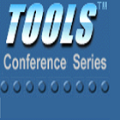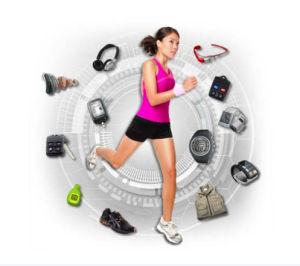Tutorials are one of the most fundamental means of conveying knowledge. Ideally when the task involves physical or digital objects, tutorials not only describe each step with text or via audio narration but show it as well using photos or animation. In most cases, online tutorial authors capture media from handheld mobile devices to compose these documents, but increasingly they use wearable devices as well. In this work, we explore the full life-cycle of online tutorial creation and viewing using head-mounted capture and displays. We developed a media-capture tool for Google Glass that requires minimal attention to the capture device and instead allows the author to focus on creating the tutorial's content rather than its capture. The capture tool is coupled with web-based authoring tools for creating annotatable videos and multimedia documents. In a study comparing standalone (camera on tripod) versus wearable capture (Google Glass) as well as two types of multimedia representation for authoring tutorials, we show that tutorial authors have a preference for wearable capture devices, especially when recording activities involving larger objects in non-desktop environments. Authors preferred document-based multimedia tutorials because they are more straightforward to compose and the step-based structure translates more directly to explaining a procedure. In addition, we explored using head-mounted displays for accessing tutorials in comparison to lightweight computing devices such as tablets. Our study included tutorials recorded with the same capture methods as in our access study. We found that although authors preferred head-mounted capture, tutorial consumers preferred video recorded by a camera on tripod that provides a more stable image of the workspace.
翻译:教程是传递知识的最根本手段之一。 理想的情况是, 当任务涉及物理或数字天体时, 教程不仅用文字或通过音频解说描述每一步, 并且用照片或动画来显示它。 在多数情况下, 在线教程作者从手持移动设备中捕获媒体来撰写这些文件, 但是他们也越来越多地使用可磨损的设备。 在这项工作中, 我们探索在线教程创建的完整生命周期, 并使用头顶捕获和显示查看。 我们为 Google Glas 开发了一个媒体捕捉工具, 这需要尽可能少关注捕获设备, 并且让作者能够专注于创建教程视频内容而不是捕捉它。 捕捉工具与基于网络的文稿工具相结合, 创建可注意的视频视频和多媒体文件。 在一项比较研究中, 我们更喜欢将独立( 木偶捕获) 与两种类型的多媒体表达方式相比较, 我们的教程更倾向于使用在非桌面环境中记录大型对象的活动。 作者会更喜欢在直接的显示显示我们的文件结构结构中, 将我们更喜欢用一个稳定的程序来翻译我们以直截图式的手法。 。 在浏览的图表中, 通过浏览的练习中, 将我们更深地将一个浏览的学习中, 将我们更喜欢在浏览的手法用于浏览的手法用于浏览的阅读的手法的手法用于在浏览式的手法, 在浏览的练习式的手法用于在浏览的练习式研究中, 。





